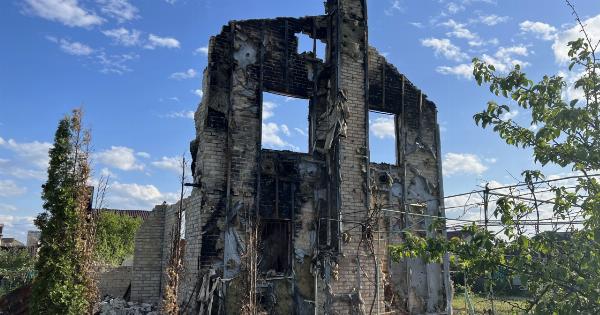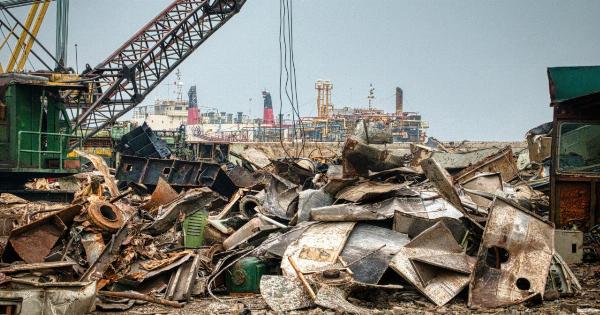Insurance policies are a crucial aspect of financial planning, providing individuals and businesses with the much-needed protection and peace of mind.
While insurance can cover a broad range of risks and situations, insurance companies often have specific guidelines and criteria for what constitutes an emergency. Understanding these definitions is essential to ensure that policyholders receive the coverage they need in times of crisis.
In this article, we will discuss the factors that insurance companies consider when determining whether a situation qualifies as an emergency.
1. Immediate Risk to Life or Property
The foremost aspect insurance companies look for in an emergency situation is an immediate risk to life or property.
Whether it’s a natural disaster such as a hurricane, earthquake, or flood, or a sudden accident like a fire or explosion, any event that poses an imminent threat to the insured person’s life or property is considered an emergency. Insurance companies understand the urgency of such situations and act accordingly to provide quick assistance and coverage.
2. Sudden and Unforeseen Events
Insurance companies also consider emergencies to be events that are sudden and unforeseen. These are situations that occur unexpectedly and were not pre-existing or within the control of the insured person.
For example, if a person falls severely ill out of the blue and requires immediate hospitalization, it would generally be considered an emergency. On the other hand, a scheduled surgery or a known medical condition may not meet the criteria for an emergency, as they are anticipated and can be adequately planned for.
3. Severity of the Situation
The severity of a situation plays a significant role in determining whether it qualifies as an emergency. Insurance companies assess the degree of damage or impact caused by an event to assess its severity.
In the case of a car accident, for instance, if the damage is minor and repairable without posing any immediate safety threats, it may not be considered an emergency. Conversely, if the car is completely totaled or the occupants sustain severe injuries requiring immediate medical attention, the situation would likely be classified as an emergency.
4. Need for Urgent Action
Insurance companies evaluate whether an emergency situation requires immediate action to prevent further harm or loss. If a delay in response would worsen the situation or increase the cost of recovery, it is more likely to be deemed an emergency.
For example, if a pipe bursts in a building, causing extensive water damage, prompt action to mitigate the issue is crucial. The insurance company would consider this situation as an emergency due to the urgency involved in preventing further destruction or deterioration.
5. Reliance on Professional Assistance
Another factor insurance companies consider is the need for professional assistance to address the emergency.
Whether it involves calling emergency services, hiring specialists, or seeking expert advice, situations that necessitate professional intervention are more likely to be classified as emergencies. For instance, if an individual requires skilled medical personnel or specialized technicians to resolve the crisis, it is usually considered an emergency.
6. Financial Impact
The financial impact of an event also influences whether insurance companies categorize it as an emergency. If the incident results in significant financial losses, the chances of it being classified as an emergency increase.
For example, if an insured business experiences a major cyber-attack that leads to substantial financial damages, it would be perceived as an emergency due to the significant impact on the company’s operations, financial stability, and potentially its reputation.
7. Non-Avoidability
Non-avoidability refers to situations where the insured person had no control or ability to prevent the event from occurring.
Insurance companies take into account whether the emergency could have been reasonably avoided through precautionary measures or due diligence. If the situation arose despite the insured person’s best efforts to avert it, it is more likely to be considered an emergency.
However, if the emergency could have been prevented by taking proper precautions, the insurance company might not provide coverage or may limit its extent.
8. Coverage Limitations
It’s important to note that insurance policies may have limitations and exclusions regarding what types of emergencies they cover.
Policyholders should carefully review their insurance policies to understand the specific situations that are considered emergencies under their coverage. Certain events, such as acts of war or intentional self-inflicted harm, might be explicitly excluded from coverage. Familiarizing oneself with these limitations can help avoid potential misunderstandings and ensure proper claim submission.
9. Timely Notification
Regardless of the nature of the emergency, it is crucial to inform the insurance company promptly. Most insurance policies have specific requirements regarding the timeframe for reporting emergencies.
Failing to notify the insurer within the specified time limits may lead to claim denial or reduced coverage. Policyholders must be aware of the notification procedures outlined in their policy and ensure they comply with the requirements to receive the maximum benefits.
10. Documenting the Emergency
Lastly, it is essential to document the emergency situation thoroughly. Insurance companies often require supporting evidence to substantiate the claim.
This may include incident reports, photographs, medical records, repair bills, and any other relevant documentation. Maintaining a comprehensive file of all documents related to the emergency will help expedite the claim process and improve the chances of receiving the appropriate coverage.


























